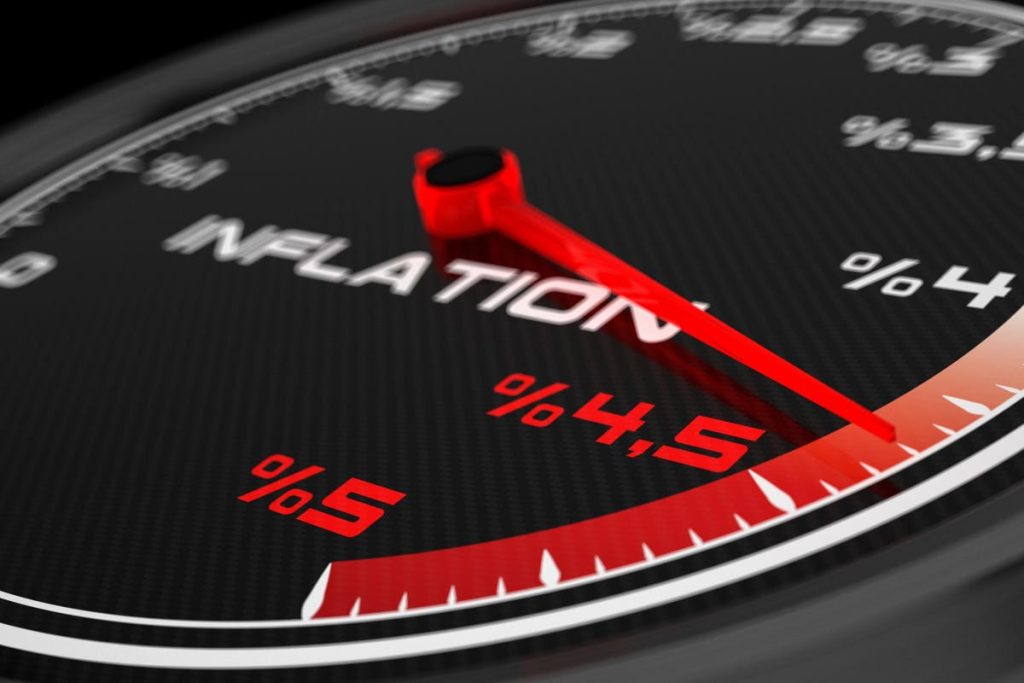Once again, the media’s rush to publish forsakes analysis, interpretation and understanding. Thus, 3% rules the news.
Before digging into the latest CPI report, read the concluding remarks from my July 16, 2022, inflation article when 9.1% was the hot topic. (Underlining is mine)
“The many moving parts in the U.S. economy make focusing on any one issue unreliable, much less fixating on one number. Inflation is particularly challenging because price changes are composed of specific supply and demand forces combined with “fiat money” inflation (AKA, the decline in a currency’s purchasing power).
“That is why no one inflation measure is accurate. Conditions and forces vary from period to period, so separating out a currency’s loss of value requires subjective analysis. The current period is especially challenging because of Covid’s continuing effects, specific supply issues, and geopolitical effects (including Russia-related actions).
“Add to that the Federal Reserve’s need to get interest rates back up to where the capital markets would set them. At that point, the 3-month US Treasury Bill will yield at least the “fiat money” inflation rate.
“What would that rate and yield be now if the Fed stepped away? By evaluating all the components in the CPI, along with other inflation measures, the fiat-money inflation rate is probably about 5%. With the 3-month T-Bill now yielding only 2.3%, the Fed has a long way to go before it can truly tighten money. (“Tightening” typically means squeezing the financial system to cause economic growth to slow down.) Doing so would raise the 3-month T-Bill yield above the 5% inflation rate.”
So, what’s the story this July?
Start with the two “non-core” items: food and energy. The trailing 12-month food price rise through June 2023 was 5.7%, compared to last year’s 10%. For energy, this year is (16.7)% versus 41.5% last year. Those comparisons show why many prefer the “core” CPI measure that excludes those items that can have bouts of supply/demand issues that swing prices beyond the fiat-money inflation trend.
However, looking at the breakdown of the various major category groups helps reveal the general inflation trend – and that continues to be about 5%. Especially important to examine now are those areas where major companies have the pricing power to maintain their profit margins as their costs rise. For example, fresh fruits and vegetables are up 1.1% over the last 12 months, but processed ones are up 8.8%. Overall, food-at-home prices rose 4.7%, and food-away-from-home rose 7.7%. Putting it all together produces the 5.7% rate.
Energy’s special price swings are so large and frequent that they strongly support the argument for excluding energy in the search for the underlying inflation trend. Those two numbers above, (16.7)% this year and 41.5% last year, are perfect examples.
So, here is how the major composite levels compare:
- CPI – All items = 3.0%
- CPI – All items less energy = 5.0%
- CPI – All items less food and energy = 4.8%
The bottom line – The 5% inflation trend is what the Federal Reserve needs to tame
The only way to reduce the 5% fiat money inflation rate is to have a recession. To do so, the primary Fed tool is reducing the money supply. The description, “tight money,” means money is harder to come by. Shrinking the money supply squeezes the financial system and pushes interest rates up. Raising the Federal Funds rate is not necessary, but doing so sends the message that the Fed means business.
So, how’s the Fed doing? Mediocre to poor. It’s putting all its chips on the Federal Funds rate and is barely touching the money supply. As a result, the financial system, businesses, organizations and consumers have adjusted. With the 5% rates only matching the fiat-money inflation trend, even the Federal Funds rate raising effects have petered out. The paltry 0.25% increase expected in two weeks will likely be a non-event. The proof is in the continuing good economic reports, the rising stock market, and the higher confidence survey results.
How bad is it that the Fed is not tightening the money supply? Very! They created $trillions to plug the Covid shutdown hole, then failed to reverse that money creation when the economic rebound happened. Worse, their comments about doing a good job of reducing the money supply is inaccurate. The action of not reinvesting some of the bond interest and maturity payments they receive is a minimal and ineffective strategy.
Addendum: More bad news
James Bullard is stepping down as president of the Federal Reserve Bank of St. Louis. I have followed him for years because he is one of the few economists who blends the real world and common sense into his financial system thinking.
He has written sensible, critical pieces about such topics as the Fed’s shift from the CPI-Core Inflation Rate to the PCE-Core one, and former Fed Chair Greenspan’s allowing banks to shift demand (checking) account balances into savings accounts overnight to reduce the bank’s required reserves (a questionable action that also killed the long-time, key money supply measure, M1 – it included demand deposits but excluded savings deposits).
More to the point today, he continually pushed for faster and larger interest rate increases to shake things up. He also published a paper explaining why a higher-than-inflation interest rate likely was necessary.
His absence raises the prospect of a timid Fed doing too little, too late to do any real good. The result? Early optimism followed by unhappy realism. It happened before, and it can happen again because human nature takes over when inflation hits.
Read the full article here









